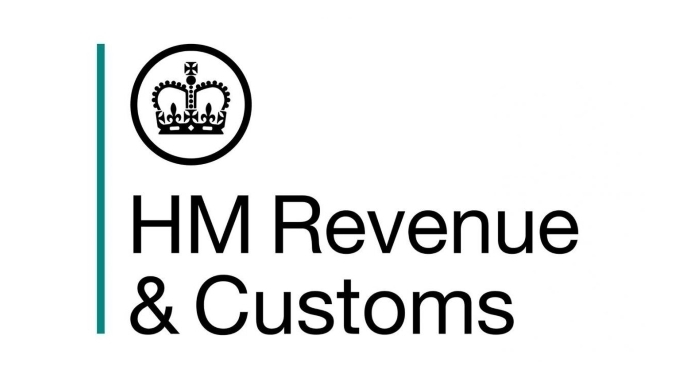With the public sector IR35 reforms underway, new analysis of HMRC’s Check Employment Status for Tax (CEST) tool by ContractorCalculator shows not only that its assessments are worryingly inconsistent, but also that it risks facilitating tax avoidance.
- CEST fails to determine the IR35 status of contractors in 14% of clear cut cases
- 29% are receiving passes from CEST, whom should fail IR35
- Incorrect assessments run the risk of enabling unintended tax avoidance
“It's no wonder there is so much chaos in the contracting market. The most frustrating thing is this could all have been avoided if HMRC had actually listened to stakeholders,” says ContractorCalculator CEO Dave Chaplin.
“Instead, HMRC attempted to fast-track the reforms and has consequently failed to deliver on its promise to provide an accurate compliance solution. Nobody trusts CEST – and it appears not even HMRC.”
How ContractorCalculator assessed HMRC’s IR35 CEST tool
The evidence proving the shortcomings of CEST were collated whilst contractors also used IR35Shield.co.uk, which has been fine-tuned over several years to ensure continued accuracy, asks 101 questions, and provides the same results as each of the 21 historical IR35 court cases. Insurance is available based on the pass result given, effectively underwriting it's credibility.
Of the 6,000+ contractors tested with IR35Shield.co.uk since it's new launch on 7th Feb 2017, 2,842 have been tested since the HMRC CEST tool was released. Of these, 558 had also used CEST and told us what answers they received. Each contractor’s CEST result was then compared directly with the evaluation given by IR35Shield.co.uk.
How is HMRC’s CEST tool facilitating tax avoidance?
The CEST results were wildly inconsistent. Below are the key findings:
- 29% of contractors passed CEST but should fail IR35 according to IR35 Shield
- HMRC can’t determine the status of 24% of contractors - but of this group, IR35 Shield found 60% of them to be clear passes or fails
“This hard evidence firmly backs up what agencies and providers have been saying for months – that HMRC’s tool simply cannot be trusted,” notes Chaplin.
“Bizarrely, many contractors who either clearly pass or clearly fail IR35 are receiving an ‘unknown’ decision from CEST. If CEST can’t decipher the more straightforward cases, it reinforces experts opinions that there is a gaping hole in its algorithmic logic."
“Even more worrying, almost a third of contractors are being passed by CEST when they should clearly fail, meaning the taxman may be negligently facilitating tax avoidance.”
HMRC U-turn compounds public sector uncertainty
Having initially claimed it would be bound by the outcome determined by CEST, recent reporting by The Register indicated that IT contractors working within HMRC who their tool says should pass IR35 are being told they are to be treated as inside IR35.
“The legislation hadn’t even gone live by the time HMRC appeared to break its promise to ‘stand by the tool’,” comments Chaplin. “If the taxman has a free license to overrule its own tool, how are contractors supposed to have any faith in the decision it gives?”
Online guidance accompanying CEST sets out two circumstances in which HMRC may challenge the decision of the CEST result:
- Where HMRC believes the questions have been answered incorrectly
- Where HMRC believes the arrangement is contrived
"Are HMRC saying that it's own contractors who built the tool don't know how to answer the questions properly? Or that they themselves hired them using contrived arrangements? I don't think so. Either way it’s nonsensical and it shows that HMRC don't even appear to trust their own solution."
Public sector bodies need to beware of litigation risk
Several public sector bodies (PSBs) and agencies have reportedly attempted to force contractors into umbrella arrangements to mitigate their tax risk, and Chaplin warns of the impact that this is having on the sector:
“The market is in utter chaos, with contractors abandoning Government projects due to blanket rules resulting from the confusion. For those that remain, clients are taking the risk-averse approach and creating false employment.”
Those going down this route need to beware of the risks, following last minute changes to legislation. PSBs who introduce blanket policies will not be seen to be taking ‘reasonable care’ in determining the IR35 status of their contractors, and could leave themselves open to litigation.
Chaplin concludes: “The supply chain needs to take the necessary steps to ensure IR35 compliance, but the failed CEST tool is not the answer.”

